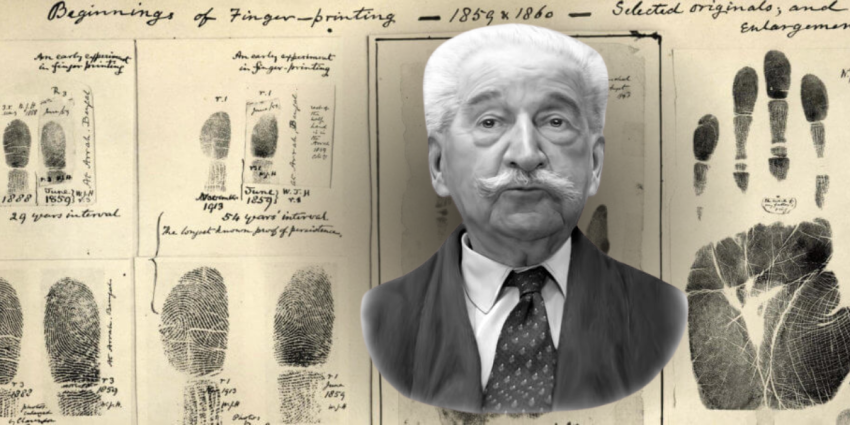langerhanscellhistiocytosis.org – In the shadowy realm of unsolved mysteries, there lies a category of evidence that often goes unnoticed or unappreciated: the silent witnesses. These are the remnants, the clues, and the artifacts left behind at crime scenes that, for one reason or another, have not led to the resolution of the cases they are associated with. This article delves into the world of these silent witnesses, exploring their significance, the challenges they present, and the potential they hold for unlocking the secrets of unsolved cases.
The Nature of Silent Witnesses
Silent witnesses can take many forms. They might be physical objects such as a piece of clothing, a weapon, or a personal belonging left at the scene of a crime. They could also be digital, such as emails, text messages, or social media posts that hint at motives or relationships. In some cases, they are biological, like DNA evidence or fingerprints that have yet to be matched to a suspect. Regardless of their form, these witnesses share a common trait: they are waiting to be understood, interpreted, and connected to the broader narrative of the crime.
The Challenges of Interpretation
One of the primary challenges in leveraging silent witnesses is interpretation. Evidence does not speak for itself; it requires context and analysis to reveal its secrets. This process is often complex and can involve a wide range of forensic disciplines, from ballistics and DNA analysis to digital forensics and psychological profiling. The interpretation of evidence is also subject to human error and bias, which can lead to misinterpretations or overlooked connections.
The Role of Technology and Innovation
Advances in technology have significantly enhanced the ability of investigators to interpret silent witnesses. Techniques such as DNA phenotyping, which can predict the physical appearance of a person from their DNA, and facial recognition software have revolutionized the field. Additionally, the digitization of records and the use of databases like CODIS (Combined DNA Index System) have made it easier to match evidence to suspects or to link crimes across jurisdictions.
The Psychological Impact of Unsolved Cases
Unsolved cases can have a profound psychological impact on the families of victims, the communities affected, and even the investigators themselves. The silent witnesses in these cases serve as constant reminders of the unfinished business, the questions that remain unanswered, and the justice that has yet to be served. For some, the presence of these witnesses fuels a relentless drive to find answers, while for others, it represents an unhealable wound.
The Potential for Resolution
Despite the challenges, the silent witnesses in unsolved cases hold the potential for resolution. With each technological advancement and each new piece of evidence that comes to light, the possibility of breaking through the barriers that have kept these cases unsolved increases. The dedication of investigators, the support of communities, and the relentless pursuit of justice can turn these silent witnesses into vocal advocates for closure.
Conclusion
The silent witnesses of unsolved cases are more than just remnants of crimes; they are the threads that connect the past to the present, the unknown to the known, and the unresolved to the resolved. They stand as a testament to the complexity of crime and the challenges of forensic science. Yet, they also represent hope—hope that one day, the stories they have to tell will be understood, and the mysteries they are part of will be unraveled. As we continue to develop new methods of investigation and analysis, we must never forget the silent witnesses, for they are the key to unlocking the truth.

